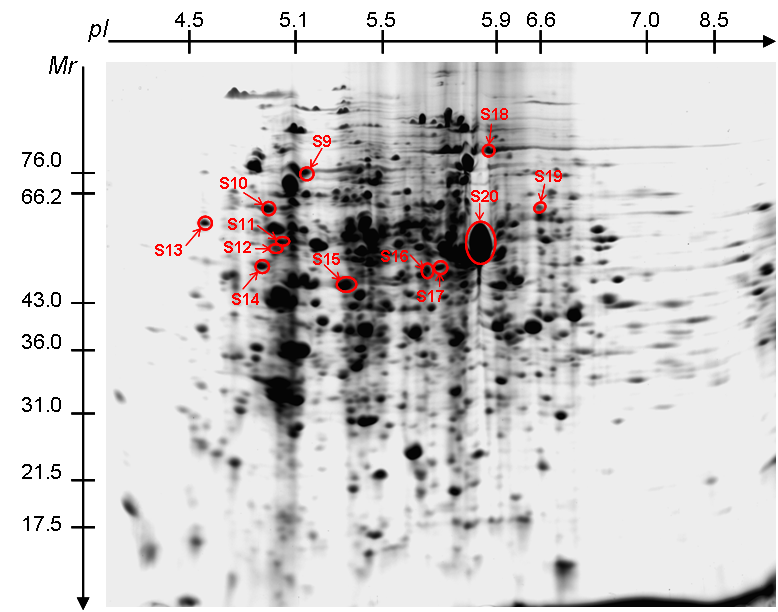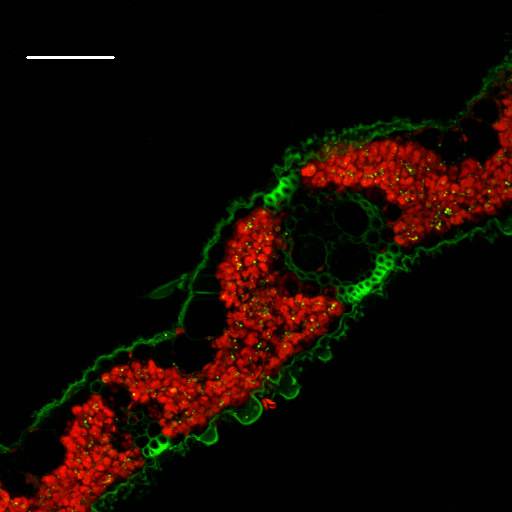
Apr 01, 2011
Symbiosis is a widely existing phenomenon in nature, which attracts a lot of attention from scientists because of its potential application in agriculture. Several studies have reported that a variety of endophytic bacteria, including nitrogen fixers, can be isolated from surface sterilized healthy plant tissues. Among these endophytic bacteria, rhizobia have been most extensively studied because of their interaction with legumes, which is believed to have a positive influence on plant growth.
In recent years, scientists have found that rhizobia were capable of endophytically infecting not only legumes, but also some other plant species, such as rice, maize, barley, wheat, canola and lettuce, and colonized both the intercellular and intracellular spaces of epidermis, cortex and vascular system.
Recently, YANG Pingfang from Key Laboratory of Plant Germplasm Enhancement and Speciality Agriculture, Wuhan Botanical Garden, Chinese Academy of Sciences and CHI Feng from the Research and Development Center for Energy Plants, Institute of Botany, Chinese Academy of Sciences found that rhizobia could not only colonize in rice roots, but also migrate upwards and colonize aerial tissues, such as leaf sheaths and leaves.
They inoculated rice roots with Sinorhizobium meliloti 1021, and systemically analyzed variations in protein patterns in roots, leaf sheaths and leaves using a 2-DE coupled to MS strategy. Upon the inoculation of rhizobia, proteins involved in nine different functional categories were either up-regulated or down-regulated. Photosynthesis related proteins were up-regulated only in leaf sheath and leaf, while the up-regulated proteins in root were exclusively defense related. The results implied that there might have been an increase in the import and transport of proteins involved in light and dark reactions to the chloroplast as well as more efficient distribution of nutrients, hence enhanced photosynthesis. Although the initiation of defensive reactions mainly occurred in roots, some different defense mechanisms were also evoked in the aerial tissues.
Chi F., Yang P., Han F., Jing Y., Shen S. Proteomic analysis of rice seedlings infected by Sinorhizobium meliloti 1021. Proteomics, 2010, 10, 1861-1874.(http://onlinelibrary.wiley.com/doi/10.1002/pmic.200900694/abstract)

2-DE map showing the protein profile of rice leaves (Image by YANG Pingfang & CHI Feng) 
Confocal image of GFP-tagged cells of Sinorhizobium 1021 colonized within leaf
(Image by YANG Pingfang & CHI Feng)

86-10-68597521 (day)
86-10-68597289 (night)

52 Sanlihe Rd., Xicheng District,
Beijing, China (100864)

